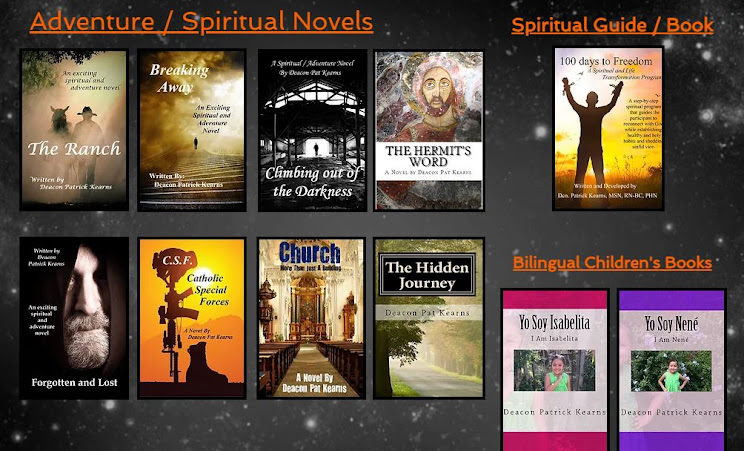
 The Dangers of Children Playing with Romance
The Dangers of Children Playing with RomanceKids in love—it’s easy to see it as a simple, picture-perfect state. But there’s another angle we need to notice. Divorce, unwed mothers, abortion—all involve a form of romance gone awry. As Mike Farris shares today on Home School Heartbeat, many of these problems started back in childhood and early adolescence.
A federal trial centered around the circumstances that caused a 13-year-old girl to commit suicide after the break-up of a romantic relationship on MySpace. The national response focused on cyber-bullying and harassment—and of course, that needs some attention. But apparently, nobody worries about the potentially dire consequences of 13-year-olds engaging in romantic relationships.
Recent studies have found that teenage pregnancy rates continue to rise in this country. Notably, the highest rates are in traditionally conservative, so-called red states, including the Bible belt. Secular commentators have had a field day discussing the fact that evangelical teens have sex at a younger age and with more partners than non-evangelicals. Researchers focus on sex, but nobody talks about the danger of children playing with romance.
Pro-family conservatives have long preached that young people should practice physical abstinence before marriage. Liberals have labeled such advice as unrealistic. It is unrealistic to expect a teenager who’s been pursuing a romantic relationship since age 12 or so to have only a limited physical relationship for many, many years.
Children in their early teens are simply too young to handle both the physical and the emotional side of a romantic relationship.

How can parents protect their children from the emotional dangers of engaging in romantic relationships too soon.
Like many homeschooling families, my wife Vickie and I have chosen the courtship model for our children as an alternative to dating. Courtship requires young people to refrain from casual dating and wait until they’re old enough to seriously consider marriage, before entering into any kind of romantic relationship.
In order to successfully follow the courtship model, parents need to begin talking to their kids at an early age about the principles involved in courtship. We began talking to our oldest daughters about the subject of marriage when they were very young girls—7, 8, 9 years old.
If your children are older, it’s not too late to begin following the principles of courtship. However, just as a young child can learn a language more easily than an adult, a young child can also learn a pattern of behavior more easily than a teenager.
 Delaying Romantic Relationships until Ready for Marriage
Delaying Romantic Relationships until Ready for MarriageCourtship—as old-fashioned as the term may sound, many homeschool parents have recognized the practical benefits of guiding their children in the pursuit of healthy and godly relationships.
In high schools, middle schools, and even in today’s elementary schools, dating is an expected activity.
The first principle of courtship is this: all romantic relationships are reserved until the season of life when a person’s ready to be married.
When young men and young women reach this age, they’re far more likely to be emotionally and practically prepared for a romantic relationship. By avoiding dating through most of the teenage years and waiting until the season of life when they’re married, young people are free to be friends with members of the opposite sex, without worrying about the pressures of romantic entanglements.

Casual Dating is Out; Friendship is in
Many homeschooling families have adopted courtship for their children, rather than the practice of dating.
Many young people begin romantic relationships when they’re just too young. Courtship first of all requires young people to wait until they’re old enough to emotionally and practically consider marriage, before entering into any kind of relationship.
The second major operating principle of courtship is that there’s no such thing as casual dating.
Four of my grown daughters have gotten married to the only boyfriends they’ve ever had. They have known dozens of guys, because we encourage all kinds of group activities where there is a mixture of both sexes.
Every bride and groom say to each other, at least implicitly, that they love each other with all their heart. Little pieces of one’s heart are given away each time a romance of any magnitude has blossomed. When each of my daughters walked the aisle, her promise to love her husband with all her heart was literally true.

The third principle of courtship is implicit in the first two.
Parents must be involved in the courtship process.
Parents, particularly fathers, should give their permission before their children enter into any kind of courtship relationship.
Likewise, parents oversee the courtship and set guidelines for the relationship with the couple.
Before a couple decides to get married, both sets of parents should give their consent.

This aspect of courtship is directly related with one of the main reasons families choose to educate their children at home.
Both homeschooling and the courtship model allow parents to responsibly direct the lives of their children.
The benefits of parental involvement in homeschooling are well-documented. I believe that there are similar benefits for children whose parents are involved in their choice of a mate.
First, young adults benefit from the experience their parents possess about marriage and relationships.
Second, young adults benefit from having a close relationship between their parents and their future mate.
If parents have been approving the relationship all along, the chances for family conflict between in-laws are greatly reduced.
Third, God promises to bless children who honor their father and mother. Parental involvement in courtship allows young people to honor their parents and to reap the benefits that this promise brings.
- - - - -
Thank You Mike Farris for these words of wisdom.



1 comment:
Thank you for your meaningful words. Thank you for making your Palm Sunday Homily available, the message concerning gossip which also implies lack of kindness and compassion towards others. It needs to be heard over and over again.
Post a Comment